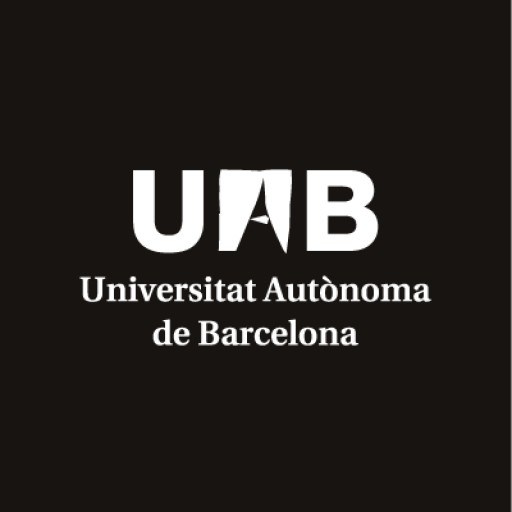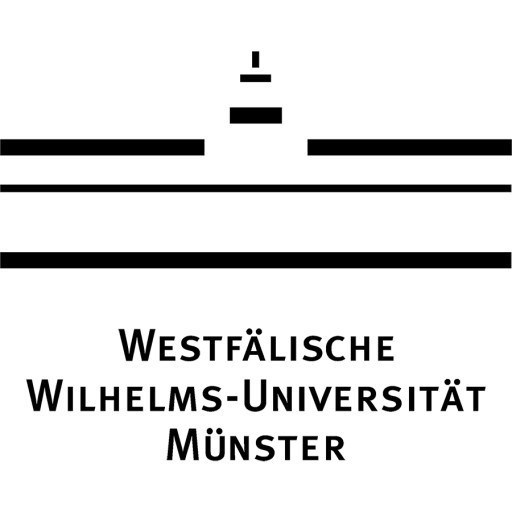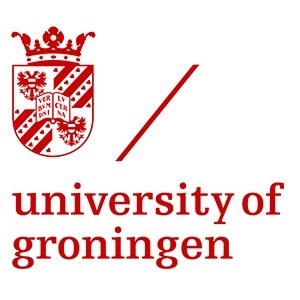Photos of university / #uabbarcelona
The Bachelor's Degree in Osteopathy at the Autonomous University of Barcelona offers an in-depth academic and practical education designed to prepare students for a successful career in healthcare as licensed osteopaths. This comprehensive program combines theoretical knowledge with extensive hands-on training, ensuring graduates are well-equipped to provide safe, effective, and patient-centered osteopathic care. Throughout the program, students will explore the complex interrelationships between the musculoskeletal system, nervous system, and overall human health, gaining a thorough understanding of how osteopathic techniques can be used to treat a wide array of physiological conditions. The curriculum integrates biomedical sciences, clinical reasoning, and osteopathic philosophy, fostering a holistic approach to patient care that emphasizes the importance of lifestyle, ergonomic factors, and preventive strategies.
Students will engage in rigorous coursework covering anatomy, physiology, pathology, biomechanics, and osteopathic techniques, complemented by early clinical exposure in university-affiliated healthcare facilities. This early practical engagement allows students to develop essential skills such as patient assessment, diagnosis, and the application of manual therapy interventions under supervision. The program emphasizes the development of professional competence, ethical standards, and effective communication skills to ensure graduates can build trusting relationships with diverse patient populations. Additionally, the university provides opportunities for research and innovation in osteopathy, encouraging students to contribute to advancing clinical practices and improving patient outcomes.
Graduates of the program are qualified to pursue professional registration as osteopaths and work in private practices, multidisciplinary clinics, or collaborate with other healthcare professionals in hospitals and wellness centers. The program aligns with international standards for osteopathic education, ensuring that students receive globally recognized training that adheres to best practices in holistic healthcare. By integrating scientific evidence with traditional osteopathic principles, the Bachelor's Degree in Osteopathy at the Autonomous University of Barcelona prepares students not only to excel in their clinical practice but also to continue lifelong learning and professional development in a rapidly evolving healthcare landscape.
The Bachelor’s Degree in Osteopathy at the Autonomous University of Barcelona offers a comprehensive and multidisciplinary education designed to prepare students for a professional career in osteopathic practice. The program integrates knowledge from biomedical sciences, anatomy, physiology, biomechanics, and clinical practice, providing students with a solid foundation in understanding the human body's structure and function. Throughout the course, students engage in theoretical lessons complemented by practical training, aiming to develop precise palpatory skills and manual techniques essential for osteopathic diagnosis and treatment.
The curriculum emphasizes the importance of personalized patient care, health promotion, and disease prevention, instilling a holistic approach to health and wellness. Students learn various osteopathic techniques, including structural, visceral, and cranial therapies, under the supervision of experienced practitioners and professors. The program also includes laboratory sessions, clinical internships, and case study analyses, which facilitate real-world application of learned concepts and foster the development of critical thinking and professional judgment.
In addition to technical skills, the program emphasizes ethical considerations, patient communication, and interdisciplinary collaboration, preparing graduates to work effectively within healthcare teams. The program also ensures that students are familiar with current scientific research and evidence-based practices in osteopathy, promoting continuous professional development. Upon completion, graduates are equipped with the theoretical knowledge and practical expertise to operate safely and effectively as osteopaths, contributing to improved patient health and wellbeing in diverse clinical settings. The university’s commitment to academic excellence and practical training ensures that students graduate with the competence needed to excel in their osteopathic careers.
Program requirements for the Bachelor's Degree in Osteopathy at the Autonomous University of Barcelona typically include a combination of academic prerequisites, language proficiency, and enrollment procedures. Applicants must have completed secondary education equivalent to the Spanish Bachillerato or higher, demonstrating a solid foundation in sciences such as Biology, Chemistry, and Physics to ensure readiness for the program's interdisciplinary coursework. Proof of Spanish language proficiency may be required for non-native speakers, often through recognized standardized tests, although the program may also offer instruction in Catalan or bilingual formats. Prospective students must submit a completed application form, along with official transcripts and identification documents, by the designated deadline outlined in the university's admissions calendar. Additionally, candidates might need to participate in an interview or entrance exam designed to assess their motivation, understanding of the field, and aptitude for hands-on clinical practice. International applicants usually must provide proof of their academic credentials equivalency and may also need to meet visa requirements if they are enrolling from abroad. The program's prerequisites emphasize the importance of prior scientific knowledge, communication skills, and a demonstrated interest in holistic health approaches. For students already enrolled at the university or those transferring from other accredited programs, specific credit transfer policies and prerequisite evaluations are conducted by the admissions office. Financial considerations such as tuition fee payments and scholarship eligibility are also part of the requirements process. Overall, the university seeks motivated individuals with a strong foundation in health sciences, practical skills, and a commitment to advancing osteopathic practice, ensuring they meet all academic, linguistic, and procedural standards for program admission.
The Autonomous University of Barcelona offers a comprehensive financing structure for students enrolled in the Osteopathy degree program. Students have access to various financial aid options designed to facilitate their educational journey and reduce economic barriers. The university provides scholarships based on academic merit, socioeconomic background, and specific needs, ensuring that deserving students can pursue their studies without undue financial hardship. Additionally, there are government-funded grants and subsidies that eligible students can apply for, which are aimed at supporting both undergraduate and postgraduate education.
The university also collaborates with financial institutions to offer student loans with favorable interest rates and flexible repayment plans. These loans can cover tuition fees, textbooks, and other academic expenses, making it easier for students to manage their budgets throughout their studies. Furthermore, the institution encourages part-time employment opportunities on campus and within the local community, enabling students to earn an income while gaining practical experience relevant to their future profession.
Payment plans are available to accommodate different financial situations, allowing students to pay semester by semester or in installments. The university’s financial services provide personalized advice to help students understand their options and select the most suitable payment method. Moreover, some programs include integrated internships and practical training, which may be funded through specific grants or stipends, further alleviating the financial burden.
International students are also supported with tailored financial guidance, and some scholarships are exclusively available for non-Spanish students to promote diversity and internationalization within the program. The university’s commitment to accessible education is reflected in its efforts to maximize financial aid availability and minimize the economic obstacles faced by students pursuing Osteopathy at the Autonomous University of Barcelona.
The Osteopathy program at the Autonomous University of Barcelona is designed to provide students with comprehensive knowledge and practical skills in the field of manual therapy and holistic health care. The curriculum combines theoretical foundations with hands-on training, allowing students to develop competence in diagnosing and treating musculoskeletal and other health conditions through osteopathic techniques. The program emphasizes an integrated approach to health, considering the interconnectedness of the body systems and the influence of lifestyle factors on health and recovery. Students engage in a variety of theoretical courses in anatomy, physiology, biomechanics, and pathology, alongside practical classes where they learn palpation, mobility assessments, and manual treatment techniques. The program also encourages the development of clinical reasoning and critical thinking skills, preparing graduates to work effectively with patients and collaborate with other healthcare professionals. Participants have opportunities for clinical internships, which are integral to their education, offering real-world experience in managing diverse cases. The program is aligned with European standards for osteopathic education and aims to prepare graduates for the professional practice of osteopathy, whether in private clinics, multidisciplinary teams, or health centers. Graduates of the program can pursue licensure or accreditation depending on regional regulations, and the university provides continuous support and professional development resources. The osteopathy program at the Autonomous University of Barcelona is committed to scientific rigor, ethical practice, and ongoing research to ensure students are equipped with current knowledge and best practices.









